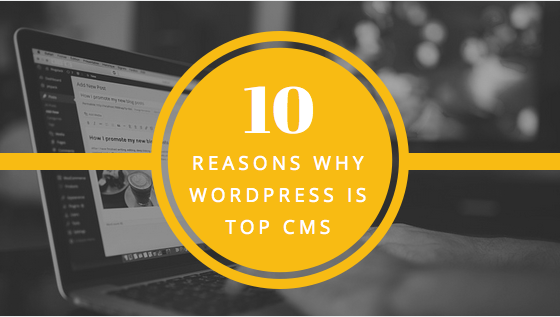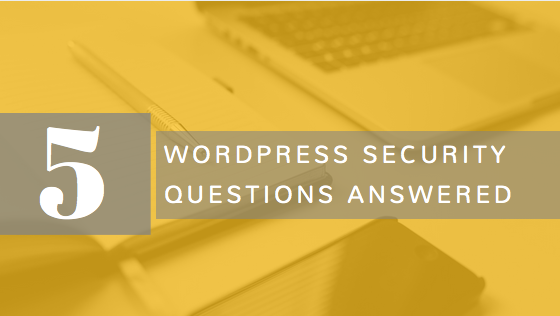Thinking Outside The Responsive Design Box: Focus on Context Over Device

There’s good reason that so many businesses have decided to adopt a responsive, mobile first design strategy.It’s only a slight exaggeration to say that, literally, everyone owns a mobile device.
I mean, more people own a mobile device than own a toothbrush. So, seemingly, it would make sense for businesses to design their websites for these smaller screens, and then derive the experience by creating a larger, enhanced version of the mobile experience.
The Mobile Focus Fallacy
However, businesses that solely follow this strategy may soon fall behind the curve. And even worse, could potentially be alienating their customers and missing out on revenue that could be found with a more holistic user-focused strategy.
I see it quite a bit, business owners and marketers alike, mistakenly making assumptions about users based on the size of their screen. Let me paraphrase a conversation I’ve heard a number of times while working through a new responsive design project:
“This paragraph is way too long”
“It’s all very important, we can’t remove any of it.”
“What about mobile users? Do they want to read all of this?”
The problem is, at its core, responsive design is primarily a design strategy, not a user experience strategy. So asking questions like “Do mobile users prefer X?” is very limiting and potentially alienating to many of your users.
Context Over Device
As a mobile user myself, there are times I prefer X and there are times I prefer Y, regardless of whatever X or Y might be. The point is it’s not the device that makes that decision it’s the context of my situation.
The customer journey is much more complicated today than it used to be. We interact with brands and products through an array of different touch points and contexts. Letting these devices solely determine your user’s experience limits the ability to account for customer context in this complex journey.
In fact, companies who choose to ignore user context will likely miss out on opportunities to engage their customers. And in turn miss out on potential revenue. According to recent poll by Rosetta states that engaged customers buy 90% more frequently and spend 60% more per transaction.
So instead of asking, “Do mobile users prefer…?” you can ask:
Do our Facebook friends prefer…?
Do mobile users with dead batteries prefer…?
Do users who’ve been to our site before prefer…?
Following a context-based strategy versus a device based one allows you to better understand why a customer is engaging with your business to begin with.
By applying the broader sense of user context, business owners and marketers can take advantage of the valuable customer data already captured by devices available today, as well as the additional data that will become available in the future.
